
Introduction
Breast cancer is a common cancer type in women. It is a malignant disease affecting the breast tissues. The causes of any type of cancer have not been clearly determined, but there are the some factors which influence the development of the cancer. Even though fewer cases can be attributable to genetic inheritance, this hereditary factor is still listed as a potential risk for breast cancer. Tests can be done for finding the mutations of the genes BRCA1 and BRCA2.
Women carrying these genetic mutations have a higher risk of developing breast cancer, approximately 60 percent. Having a mother, sister or daughter with breast cancer increases the risk. However, the primary risks are said to be age and certain hormonal changes during the years and some disorders of hormonal balances in the organism. Women in menopause have increasing risks of being diagnosed with breast cancers. A lack of breastfeeding and not having a child has also proven to be one of the determining factors. Taking hormone replacement therapy is associated with breast cancers as well.
The influence of birth control pills has not yet been proven and cannot be fully attributed to breast cancer. The issue is still disputable. Research has shown that a high intake of alcohol, high-fat food and stress presents additional risks. Breast cancers are often diagnosed in white women, though African-American women have higher mortality rates. In addition to all these factors, smoking also plays a considerable role as well as radiation exposure.
Cutting Risks
Some healthy habits may cut the risk of getting breast cancer. Eating healthy food and avoiding drinking alcohol, smoking cigarettes does not necessarily mean that a woman will not have breast cancer, but it definitely has an impact on the state of the organism and body. Some research has been conducted on the effects of exercise and it turned out that women who regularly do exercise have less risk of developing breast cancer. There is also the drug tamoxifen that is said to have preventive qualities for higher risk women. The drug is not to be taken without doctor's supervision, however.
Surgery
A rather safe surgery, a preventive mastectomy, removes the part of the breast tissue so that cancerous cells do not spread. However, any surgery can have some complications.
After the surgery a woman can get infected, so the wound is red swollen and itchy. This is usually treated with antibiotics. The infection can cause fever. Breast surgery often means that lymph nodes under the arm have to be removed, so it is not a rare case to experience swelling of the upper part of the that arm or the whole arm. Drainage, bandages and exercise can help ease the swelling and recover the arm. Fluid can accumulate around the removed tissue, so an adequate treatment for draining is used. Some time after the surgery, a woman feels pains, stiffness and sometimes tingling sensations. With adequate physical and other therapy, the arm and the shoulder slowly regain their functionality.


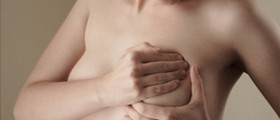
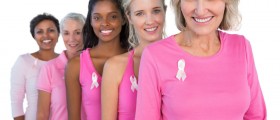
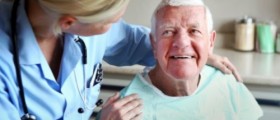


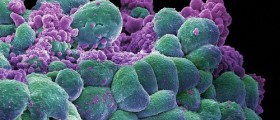
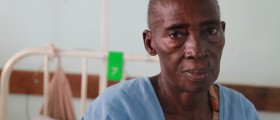

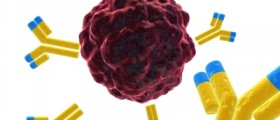

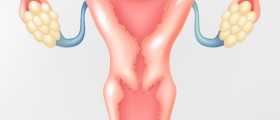
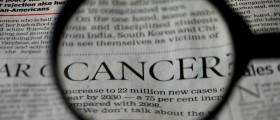

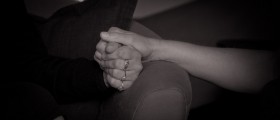
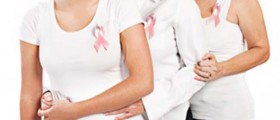
Your thoughts on this
Loading...